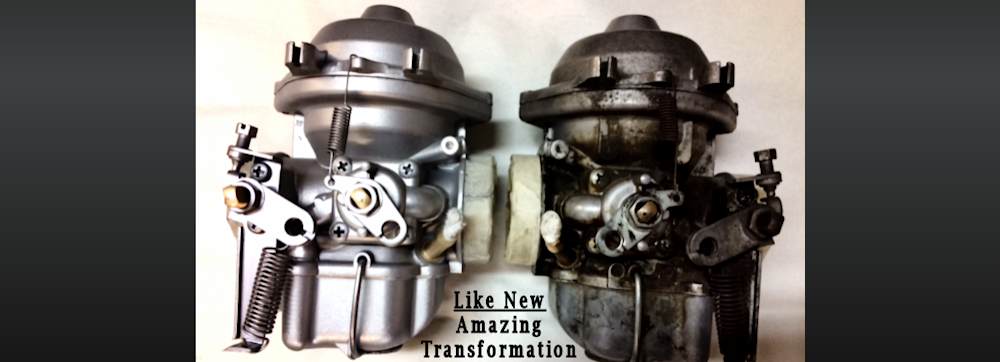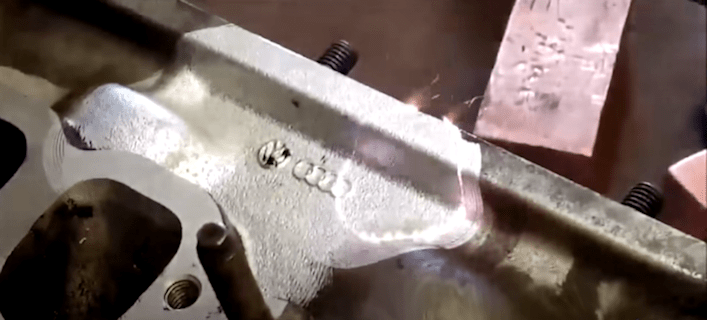About Us
Laser cleaning is a non-contact surface cleaning technique that uses laser beams to remove contaminants, rust, oxides, paint, coatings, and other unwanted materials from various surfaces, including metal, wood, and other materials. It is a highly efficient and precise method that offers several advantages over traditional cleaning methods such as sandblasting, chemical cleaning, or manual scraping. The process of laser cleaning involves directing a laser beam at the surface to be cleaned. The laser energy interacts with the surface, causing the contaminants or unwanted layers to vaporize or sublimate, without damaging the underlying material. The intensity and wavelength of the laser beam can be adjusted to target specific contaminants or coatings, allowing for selective cleaning.
The laser cleaning process typically involves the following steps:
Surface Preparation: The surface to be cleaned is prepared by removing loose debris or particles that may interfere with the cleaning process.
Laser Setup: The laser parameters such as power, pulse duration, and spot size are set according to the material being cleaned and the type of contaminants to be removed.
Laser Cleaning: The laser beam is directed at the surface, and as it interacts with the contaminants or coatings, it vaporizes or ablates them. The laser can be scanned across the surface or focused on specific areas, depending on the cleaning requirements.
Contaminant Capture: A vacuum or exhaust system is often used to capture and remove the vaporized particles and residues generated during the cleaning process.
The advantages of laser cleaning include:
Non-contact and non-abrasive: Laser cleaning does not involve physical contact with the surface, reducing the risk of surface damage or distortion.
Precision and control: Laser parameters can be finely adjusted to target specific contaminants or coatings without affecting the underlying material.
Environmentally friendly: Laser cleaning eliminates the need for harsh chemicals, solvents, or abrasive materials, making it a more environmentally friendly cleaning method.
Efficiency: Laser cleaning is a rapid process, often requiring less time compared to traditional cleaning methods.
Versatility: Laser cleaning can be applied to various materials such as metals, wood, plastics, ceramics, and more, making it suitable for a wide range of applications.
However, it’s important to note that laser cleaning may not be suitable for all surfaces or materials. Some factors such as the material composition, surface condition, and the type of contaminants involved need to be considered to ensure successful cleaning results. Consulting with experts or laser cleaning service providers is recommended for specific cleaning requirements.



